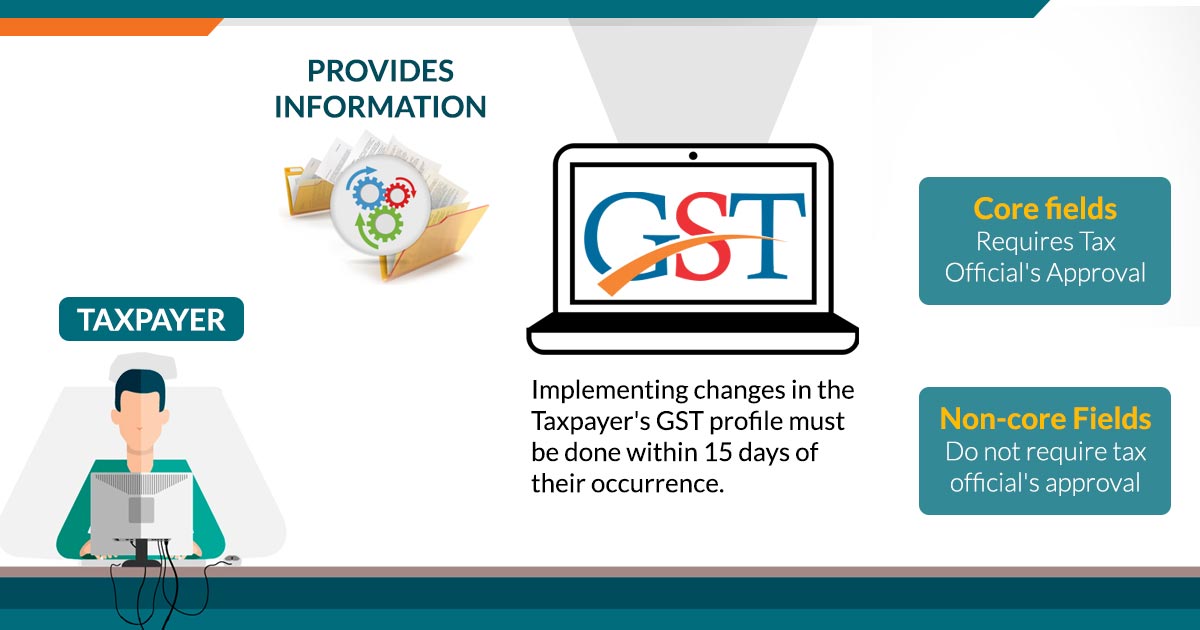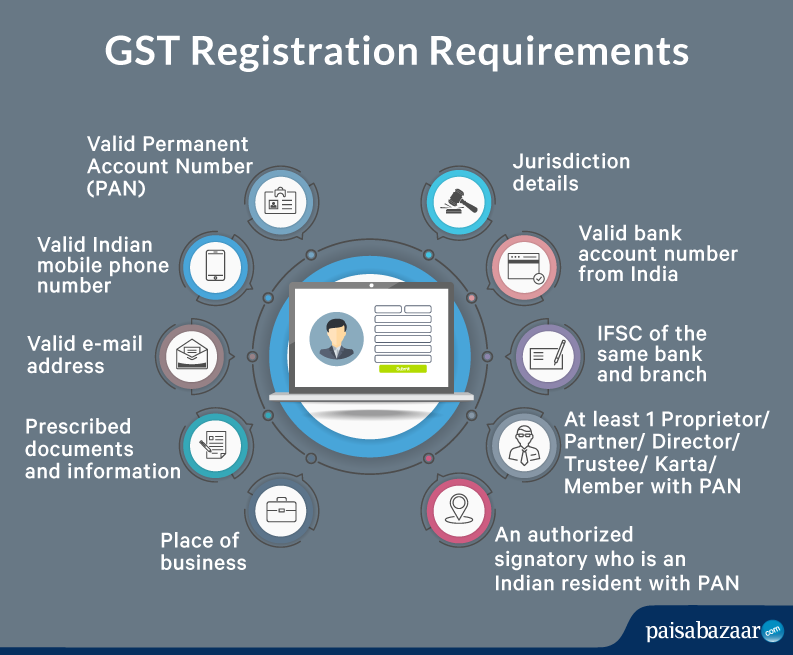Step-by-Step Process to Get Your GST Registration Done Today in Singapore
Step-by-Step Process to Get Your GST Registration Done Today in Singapore
Blog Article
Step-by-Step Guide to GST Registration: Everything You Required to Understand About the Application Process

Qualification Criteria for GST Enrollment
Meeting the qualification criteria for GST enrollment is a basic requirement for organizations running in India. As per the Item and Provider Tax Obligation (GST) regulation, entities associated with the supply of products or services should register for GST if their annual turn over goes beyond the prescribed limit. For regular organizations, this threshold is set at 40 lakhs for items suppliers and 20 lakhs for provider. In addition, certain special group states have a reduced limit of 10 lakhs. Services included in inter-state supply, casual taxable persons, non-resident taxed persons, and those needed to pay tax obligation under the reverse charge device should likewise sign up for GST, regardless of their turnover.
Furthermore, specific companies such as e-commerce operators, representatives of a vendor, input solution representatives, and people providing by means of e-commerce systems are additionally required to sign up for GST, regardless of their turnover. Comprehending and meeting these eligibility standards are crucial actions for services seeking to comply with the GST policies in India.
Required Files for Application
When using for GST enrollment, businesses need to give certain documents to complete the application process effectively and precisely. The called for files vary depending on the kind of company entity looking for registration. For a sole proprietorship, the documents normally include the owner's frying pan card, Aadhaar card, address evidence of the workplace, financial institution account statements, and photos. Collaboration companies require to submit collaboration deed, PAN cards of partners, Aadhaar cards, address proof of the primary place of company, savings account declarations, and photos. Companies need to offer their Certificate of Unification, Memorandum of Organization, Articles of Organization, PAN cards of directors, Aadhaar cards, address evidence of the authorized office, financial institution statements, and photos. Furthermore, all entities should submit proof of the workplace, like rental arrangement or power expense, and consent types. Ensuring that all needed records remain in order and sent appropriately is essential for a smooth GST registration procedure.
Step-by-Step Application Refine
To efficiently complete the GST enrollment process, companies must adhere to an organized detailed application treatment. The very first step is to check out the GST online site and click the 'Solutions' tab, followed by 'Registration' and after that 'New Registration.' Next off, offer the needed information such as the legal i loved this name of business, FRYING PAN, email address, mobile number, and state in which business is located. After entering the information, an OTP will be sent out to the signed up mobile number and email for verification. As soon as the OTP is validated, a Momentary Recommendation Number (TRN) is created which can be used to save the application and return to it later on.

Understanding GST Enrollment Costs
Comprehending the costs related to GST enrollment is essential for organizations check my source looking for compliance with tax obligation policies. The GST enrollment charges vary depending upon the sort of company entity requesting enrollment. For regular taxpayers, the cost is 1000, divided equally between the Central and State Federal Governments. Nevertheless, for organizations operating in several states, the charge is 5000, additionally split in between the Central and State Governments. In the situation of non-resident taxpayers or laid-back taxpayers, the enrollment charge is 5000. In addition, specific entities are excluded from paying the enrollment charge, such as input service suppliers, UN bodies, consular offices, and so on. When planning their conformity budget plan, it's critical for services to factor in these enrollment costs. Failing to pay the requisite costs can bring about hold-ups in the registration procedure and non-compliance with GST policies, causing charges and lawful effects. Understanding and budgeting for these fees are important parts of the GST registration process.
Staying Clear Of Typical Application Errors
In navigating the GST enrollment procedure, avoiding common application mistakes is important for organizations aiming to streamline compliance procedures and stay clear of prospective problems. Additionally, organizations commonly forget the value of choosing the correct business structure during enrollment. By meticulously verifying all information and reviewing provided throughout the GST registration application, organizations can alleviate these usual mistakes and promote a smoother enrollment process.
Verdict
To conclude, comprehending the qualification criteria, needed papers, application procedure, charges, and check out this site typical errors to stay clear of are important action in efficiently signing up for GST. By complying with the step-by-step overview given, organizations can ensure a smooth and reliable application process. It is very important to abide by the standards established forth by the authorities to stop any type of hold-ups or difficulties in the registration process.

The GST registration fees differ depending on the type of organization entity using for enrollment. Additionally, services frequently forget the relevance of selecting the correct company framework during registration - Get your GST registration done today in Singapore. By meticulously ascertaining all info and examining provided during the GST registration application, services can alleviate these usual errors and facilitate a smoother enrollment procedure
Report this page